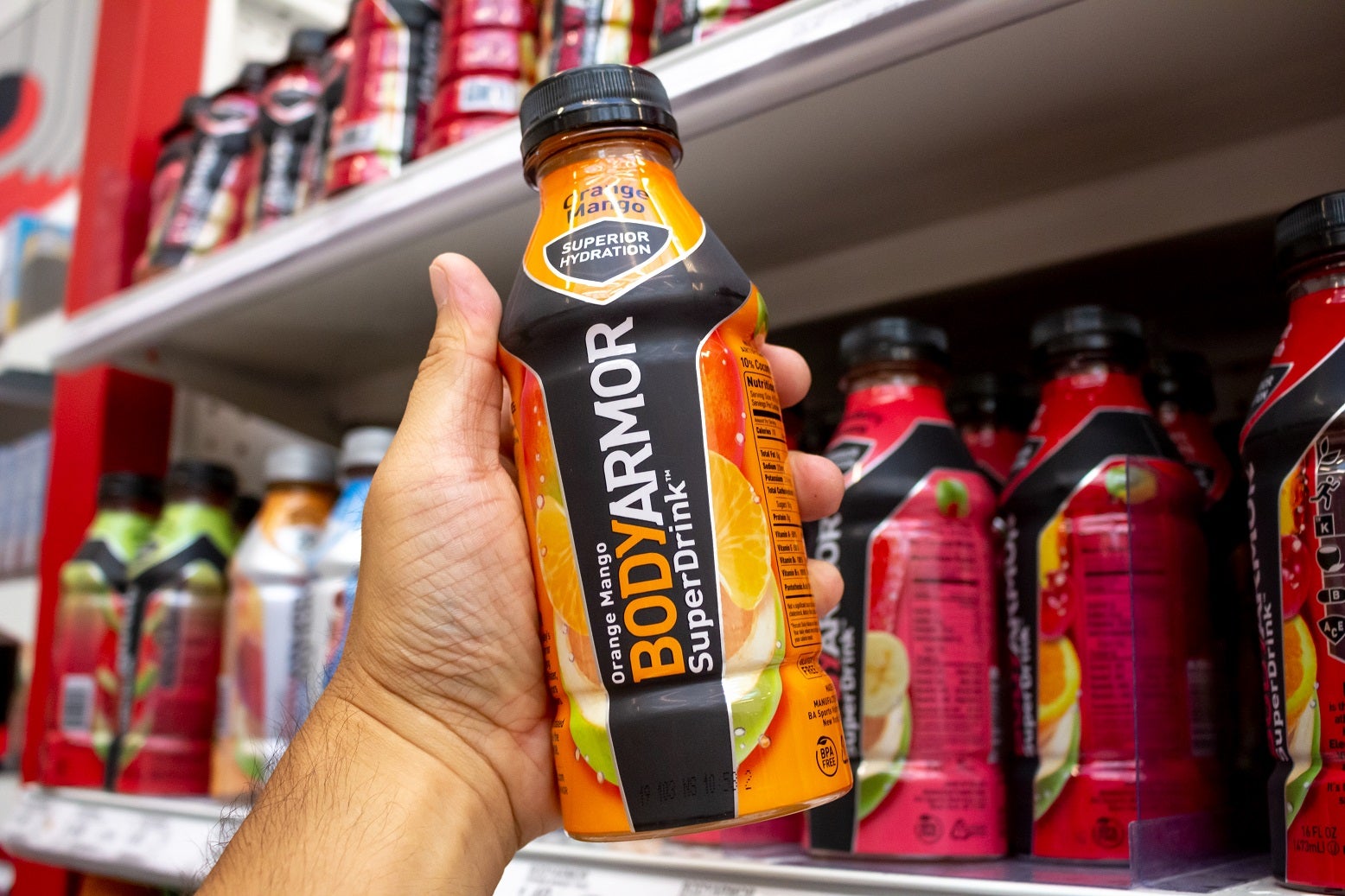
When Just Drinks published 2020’s annual soft drinks review last December, many of the world’s nations were on the verge of imposing new lockdowns after a year of enforced isolations. Twelve months on, and the retrospective is dispiritingly similar, the only difference being the names of the newly-arrived COVID variants. Delta, Gamma, Omicron – as one wag on Twitter put it recently, this is not how we wanted to learn the Greek alphabet.
Within soft drinks, however, this year has not been a repeat of 2020. The shock of COVID’s arrival has given way to acceptance of the situation, and in turn to fewer reactive business decisions. Longer-term plans to cope with coronavirus-related changes in consumer behaviour have appeared and companies have rediscovered their confidence in the future, along with top-line growth. Trends that accelerated last year, such as functional drinks, have become more mainstream, and what were once mere nods to sustainable practices have become core components of company policy.
Not everything is rosy, of course. Inflation and supply chain challenges threaten immediate growth. Next year, those issues could metastasise into long-term problems that fundamentally alter business models. 2021 may well be remembered as the year those problems started.
- Supply chain chaos
In 2020, many beverage brand owners had issues sourcing cans. This year, however, the problem grew into a global headache. Metal packaging companies spent the latter half of 2021 announcing new aluminium can factories to address shortfalls, but with these facilities not expected to come online for another year at least, operations managers were left scrabbling further and further afield to meet requirements. Monster Beverage Corp, for example, cited new co-packing deals in India and China as it failed to meet can demand. Co-CEO Hilton Schlosberg deemed the shortages “heart-breaking” as he mourned the extra sales he could have made had shelves been filled.
Behind the shortages was a near-unprecedented jump in the cost of aluminium that saw metal packaging giant Ball Corp take a US$30m hit from inflation in North America alone.
It wasn’t just aluminium creating headaches for soft drinks companies. A lack of truck drivers and bottlenecks at some of the world’s major ports were lengthening lead times and making forward-planning a nightmare. In September, the co-founder of London-based soft drinks maker Nix & Kix told Just Drinks: “From an operations perspective, this year has been by far the most difficult I have ever experienced.”
The Coca-Cola Co CEO James Quincey said the supply chain problems were “a bit like whack-a-mole – things pop up”. In a sign of the severity of the transportation problems, Coca-Cola was forced to transport heavy equipment on old-school bulk vessels as space on container ships evaporated. For anyone hoping for relief, Quincey had some bad news: He expects 2021’s supply chain chaos to bleed into next year.
- Solving the price puzzle
Towards the second half of the year, and with inflation on the rise, management at the leading players started talking about price increases. In May, the CEO of Coca-Cola HBC, Zoran Bogdanovic, told Just Drinks that prices rises were in the pipeline. Furthermore, he said, consumers were displaying a “live life and spend” attitude that would make higher shopping costs more digestible to them. As the year wore on, however, and everyone else shifted higher input costs on to consumers, that free-wheeling perspective started to be called into question. If inflation continues next year, consumer patience will be sorely tested, putting soft drinks’ premiumisation efforts under strain.
- Out with the old, in with the new
The blurred lines of the soft drinks category became even fuzzier in 2021 as companies expanded into new segments in search of growth. Coca-Cola, for years viewed as conservative in its innovation, proved atypically adventurous as it continued the global roll-out of hard seltzer Topo Chico, this time into markets including China and Canada. Then in November, the group carried out the biggest spend on a single brand in its history with the US$5.6bn purchase of sports drink BodyArmor.
It was the divestments, though, that proved more illustrative of where soft drinks is heading. PepsiCo offloaded control of North American juice brands Tropicana, Naked and others in a sign that cold-chain beverages were no longer a priority, especially those with a high sugar content. The rising cost of fruit may also have played a part in PepsiCo’s decision.
- Dysfunctional drinks
As brand owners raced to source aluminium for cans, other metals were increasingly found inside the drinks themselves. Magnesium and zinc were two of the ingredients to star in a new wave of functional beverages – some of which were from mainstream players.
PepsiCo’s Propel Immune Support came packed with zinc, while Constellation Brands invested in a hop-flavoured sparkling water that contained a blend of L-Theanine and ashwagandha. Another PepsiCo launch, SoulBoost, was reflective of the type of mind-and-body-health focus typical of the new style of functional beverages.
One magnesium packaged water producer told Just Drinks that some of the launches came from a desire by larger companies to play in the CBD beverage area but sidestep the regulatory hurdles that come with cannabis and hemp.
Those obstacles don’t look to be falling away anytime soon. The soft drinks industry has waited a long time for clarity on cannabis and hemp beverages, but prevarication and further confusion in 2021 means understanding still lies some way off. Meanwhile, a corresponding movement towards cannabis legalisation around the world continues. Even leading US senators are behind efforts to make it happen.



